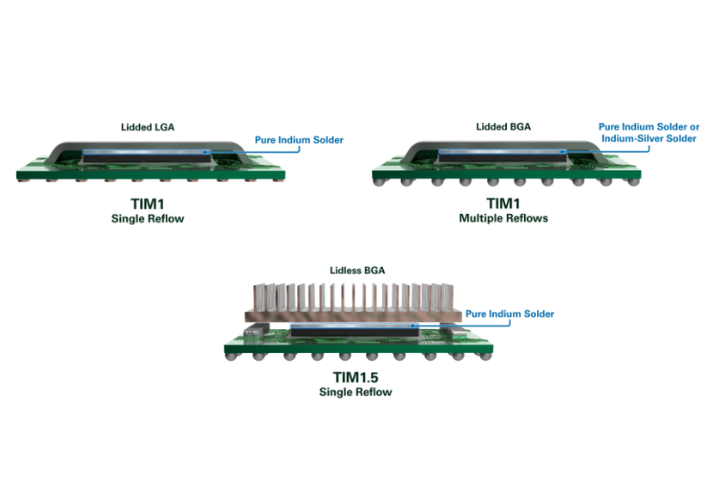SMT Optimization for Success
Part 3: Flux Chemistry
In our continued discussion on optimizing the stencil printing process (see Part 1, Part 2), the type of flux chemistry, specifically water-soluble vs. no-clean, also plays a significant role. Solder pastes are sensitive to the environment to which they are exposed. Water-soluble chemistries are, by their nature, much more sensitive to temperature/humidity as they are more hygroscopic than their no-clean rosin/resin-based counterparts. The sensitivity is dramatically increased as the solder paste deposits necessary for ultrafine stencil printing continue to decrease in size for fine-pitch components.
Flux chemistries serve many complicated functions, including:
CHEMICALLY:
- Remove existing surface oxides
- Promote wetting
- Transfer thermal energy
- Provide oxidation barrier (to control re-oxidation during reflow)
PHYSICALLY:
- Act as a carrier, or medium
- Suspend solder powder particles
- Provide tack to hold components
- Allow the solder paste to roll on the stencil
- Retain aperture shape post print
- in the realm of no-clean formulations, act as a protective encapsulate post reflow
To perform these functions, flux chemistries incorporate certain categories of chemicals: solvents, activator(s) or activator packages, rheological additives, and, in the case of no-clean formulations, rosins/resins. Go here for more in depth information on flux chemistry
For the sake of discussing improving the SMT process, I will only focus on the rosin/resin, or lack of, (hereafter referred to as resin) portion of the flux chemistry. From the date of manufacture, before opening the jar or cartridge, no-clean formulations exhibit superior behavior. Resin-based formulations provide: longer shelf lives when stored properly unopened and refrigerated; a longer stencil life; more consistent behavior through seasonal changes; overall better print performance (as seen below); more tack to hold components in place; and provide better oxidation resistance to the solder powder during the reflow process.
Figure 1. Stencil printing results.
As a technical support engineer, I’ve run many stencil printing tests. Figure 1 confirms stencil printing results that I’ve consistently experienced, portraying a typical comparison of no-clean vs. water-soluble print performance. Resins are tacky substances which increase adhesive (external attractions, solder paste to other surfaces) and cohesive (internal attractions, solder paste to itself) properties. As with anything, there needs to be a balance. But, here the cohesion helps the solder paste release from the stencil aperture, maintain shape, and resist “slump.” The adhesive property of the solder paste is incorporated as the paste is deposited onto the PCB pad. Adherence of the solder paste to the pad helps the paste deposit to pull from the stencil aperture as the PWB is lowered from the stencil. For ultrafine stencil printing, these forces are vital to ensuring success because there is so little surface area for the solder paste to adhere.
Figure 2. Water–soluble, left; no-clean, right.
Up to this point, I believe many would agree with what I’ve stated so far. But, my next statement may catch some off guard: I would even argue that in most instances, a no-clean solder paste will provide better reflow results than a water-soluble formulation. This is especially true for ultrafine solder paste deposits, as seen in Figure 2.
The materials used were Type 6 powder solder pastes and 6mil stencil apertures with a 3mil thick stencil, using a high temperature soak profile. These conditions represent a worst case scenario for a reflow environment, but signify a common trend in comparing the no-clean and water-soluble solder pastes. The pictures show that the water-soluble solder paste produces what appears to be a cold solder joint when, in actuality, the activator was exhausted. With very little oxidation resistance, the powder particles became oxidized and could not coalesce, a phenomenon referred to as graping. The no-clean solder paste under the same exact reflow profile reflowed and coalesced fairly well.
Resins simply provide better oxidation resistance than their water soluble counterparts. Though more active initially at removing existing surface oxides water soluble formulations do not protect as well from re-oxidation during the reflow process.
In our next discussion we will investigate the difference in transfer efficiency between circular and square apertures of the same area ratio.





